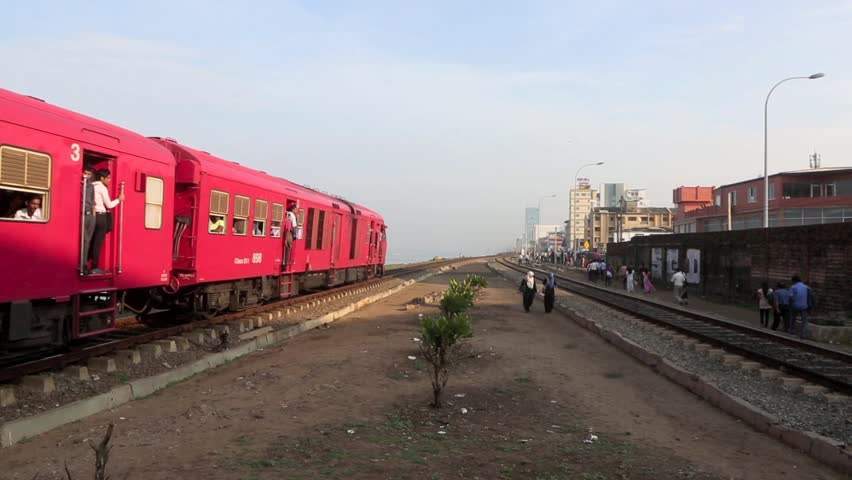
Can a direct freight train between China and London deliver stronger trade relations between the two countries?
After an 18-day trip across more than 12,000 km, the first freight train from China arrived to much fanfare in London on 18 January, heralding a new era of trade between the two countries.
Loaded with suitcases, clothes and an assortment of household goods, the 34-wagon freight train passed through Kazakhstan, Russia, Belarus, Poland, Germany, Belgium and France, before crossing the English Channel into the UK.
The route followed the steps of the old Silk Road, the centuries old trade artery between China and Europe.
The UK has been recently very vocal about its enthusiasm to strengthen ties with China.
During a meeting last year with Ma Kai, one of China’s vice-premiers, prime Minister Theresa May called Britain’s relationship with China “golden”, and said she was “excited about the opportunities for expanding trade and investment between our two countries.”
How well do you really know your competitors?
Access the most comprehensive Company Profiles on the market, powered by GlobalData. Save hours of research. Gain competitive edge.

Thank you!
Your download email will arrive shortly
Not ready to buy yet? Download a free sample
We are confident about the unique quality of our Company Profiles. However, we want you to make the most beneficial decision for your business, so we offer a free sample that you can download by submitting the below form
By GlobalDataSimilarly, the UK chancellor Philip Hammond exclaimed that the UK’s “trade relationship with China is now more important than ever”.
Reviving the old Silk Road
The starting point for the “East Wind”, as the train is known, is Yiwu, a rich international trade city in East China where more than 40,000 stores display their merchandise across 1.5m square miles.
Yiwu’s reputation as a vibrant and diverse marketplace has blossomed since 2005, when the UN, the World Bank and Morgan Stanley named it the “largest small commodity wholesale market in the world”. Ever since, the city has continued to attract sellers of all countries and nationalities.
Once it starts its planned weekly schedule, “the service will improve China-Britain trade ties, strengthen connectivity with Western Europe, while better serving China’s Belt and Road Initiative,” China’s official press agency Xinhua said in a statement on the day of the departure.
On average, the freight train between China and the UK takes 30 days less than shipping by sea, and costs one-fifth of transport by air.
London became the 15th city to join the rapidly-expanding web of European markets served by the Chinese freight train services. The route now follows the ancient Silk Road, which stood at the heart of cultural and economic collaboration between the East and the West for centuries.
A direct link to China’s biggest marketplace
For the past four years, Chinese president Xi Jinping has been enthusiastically promoting his Belt and Road initiative, practically a new name for the historic Silk Road. The massively ambitious strategy focuses on connectivity and cooperation between the People’s Republic of China and the rest of Eurasia – and an expansive, ever-growing rail route is possibly the core element to its success, and one that is being doggedly pursued by China.
By 2020, China plans to invest 3.5 trillion yuan ($504 billion) in railway construction, thus connecting over 80% of its major cities.
From the UK’s perspective, this means more than just connecting to China’s biggest marketplace – the ever-growing rail network will offer virtually borderless trade potential.
At a time when Britain is looking to forge new connections and strengthen existent trade deals with economies outside of the EU, the freight train marks a faster, cheaper and more convenient direct link right into the heart of China’s booming economy.






